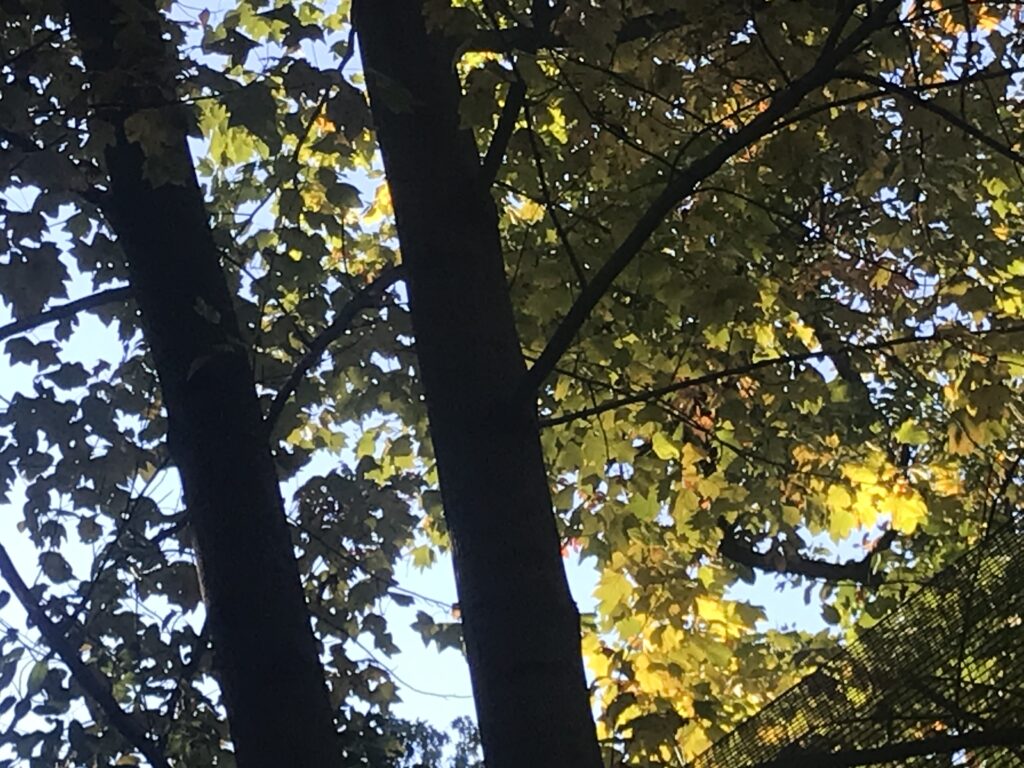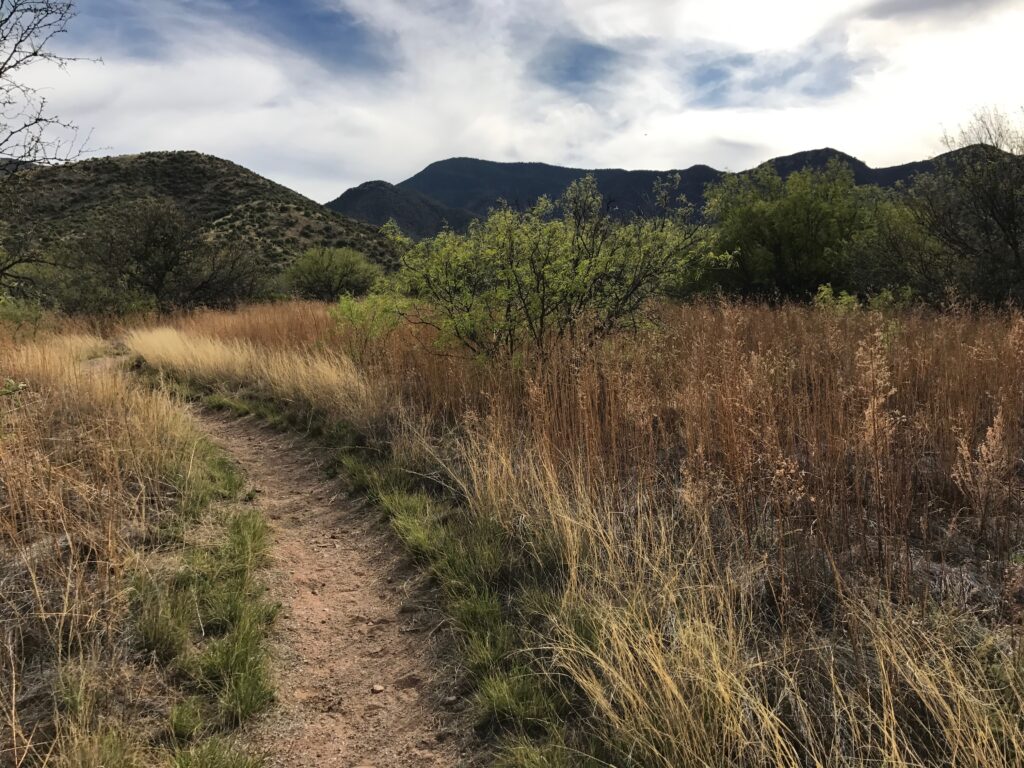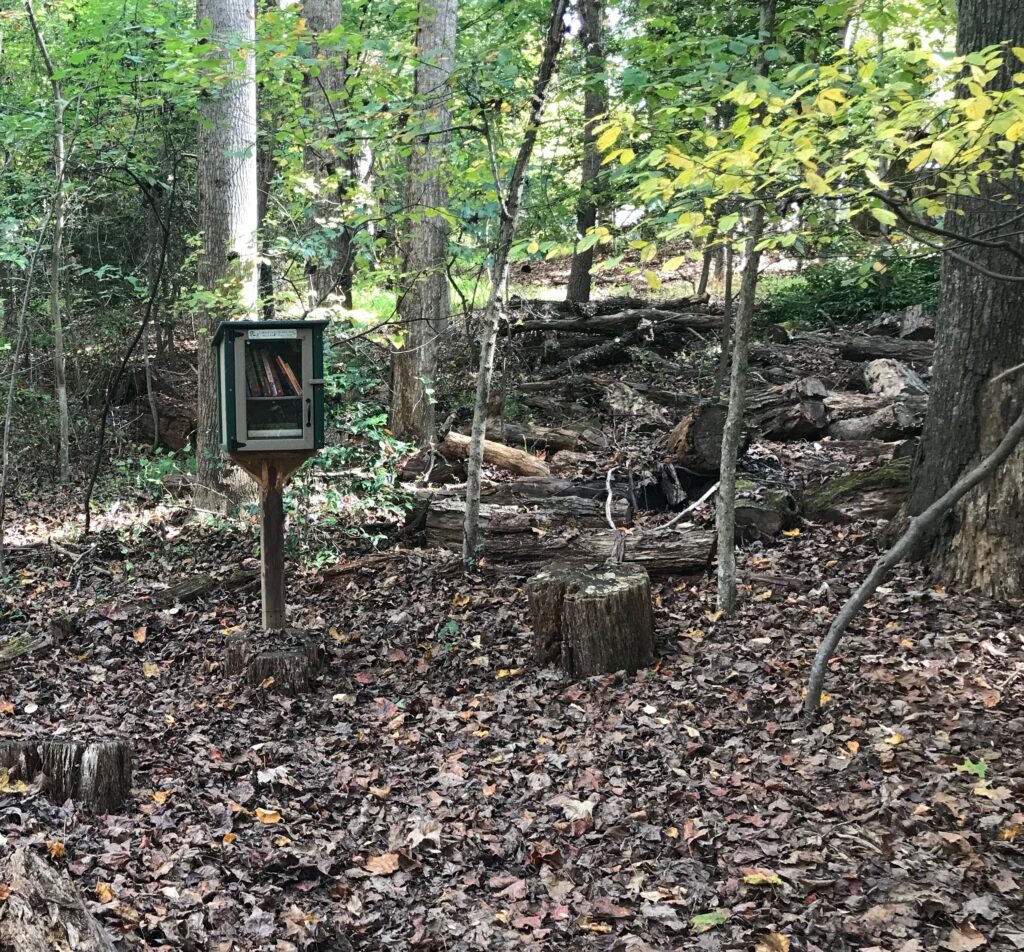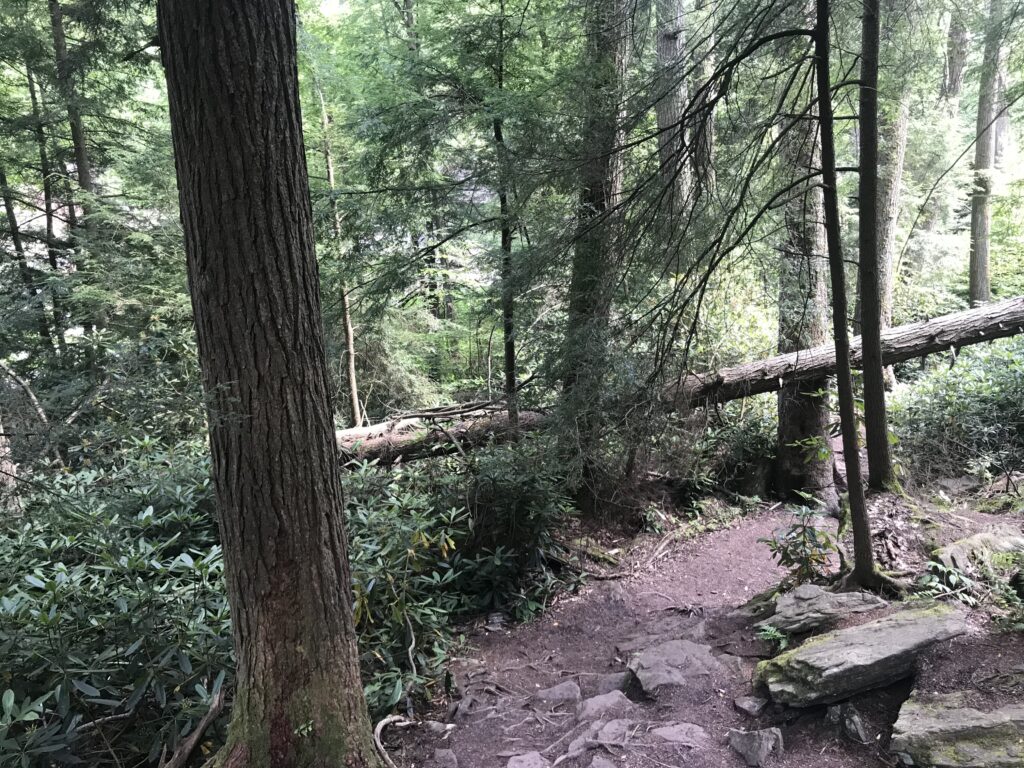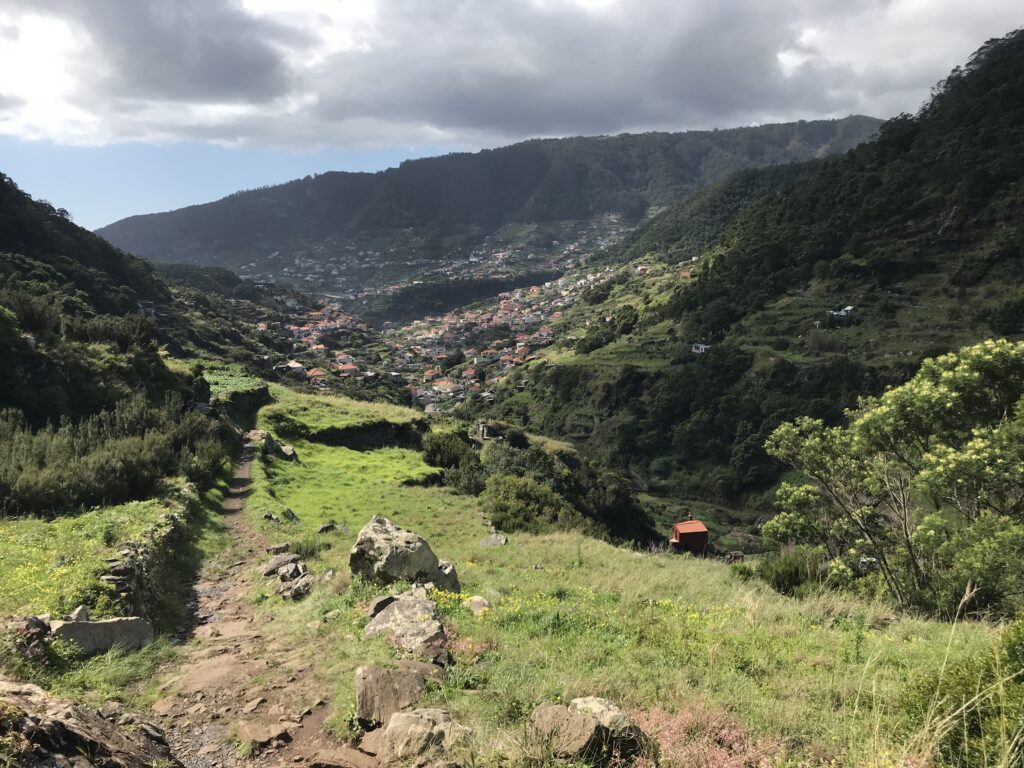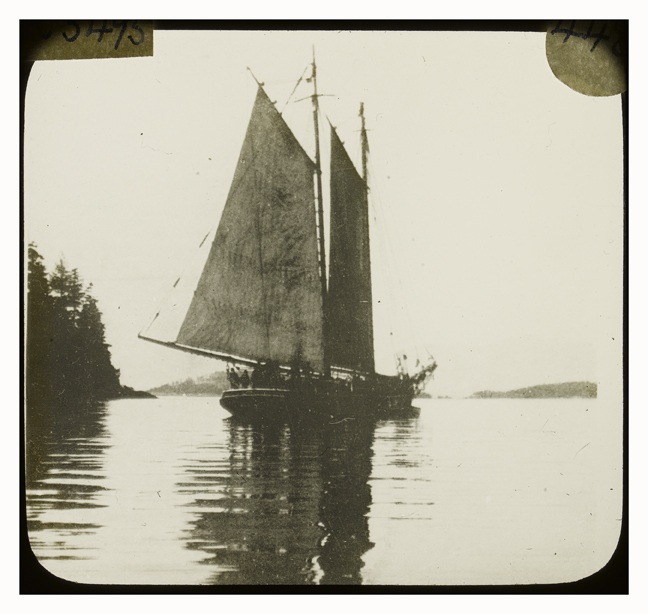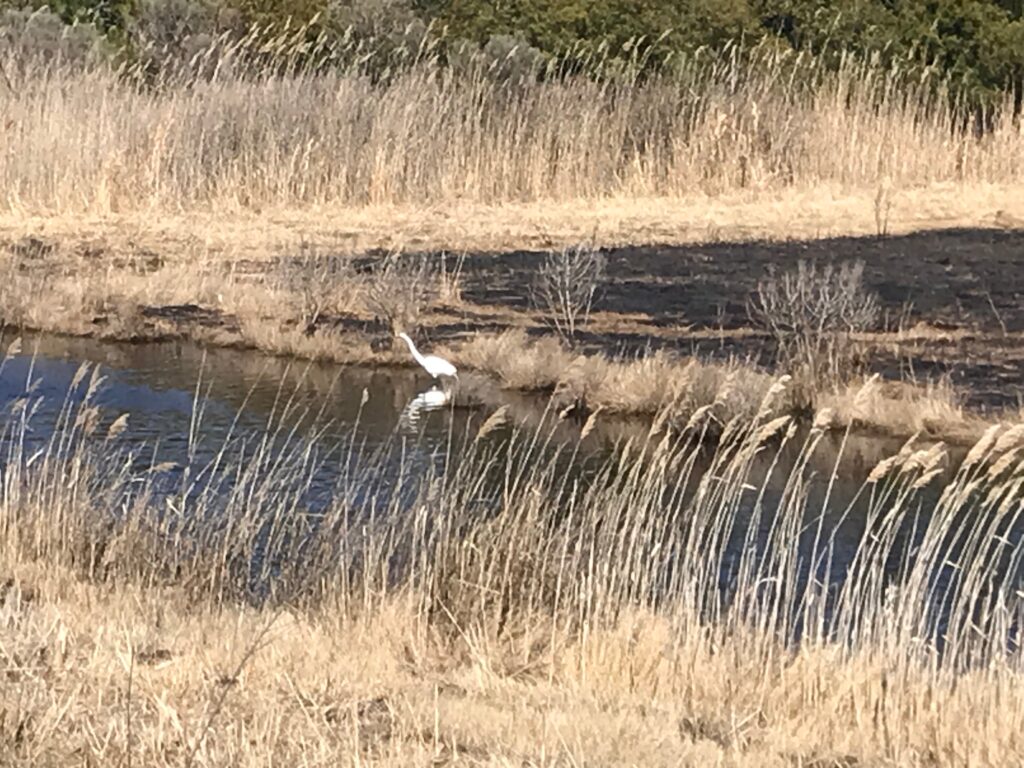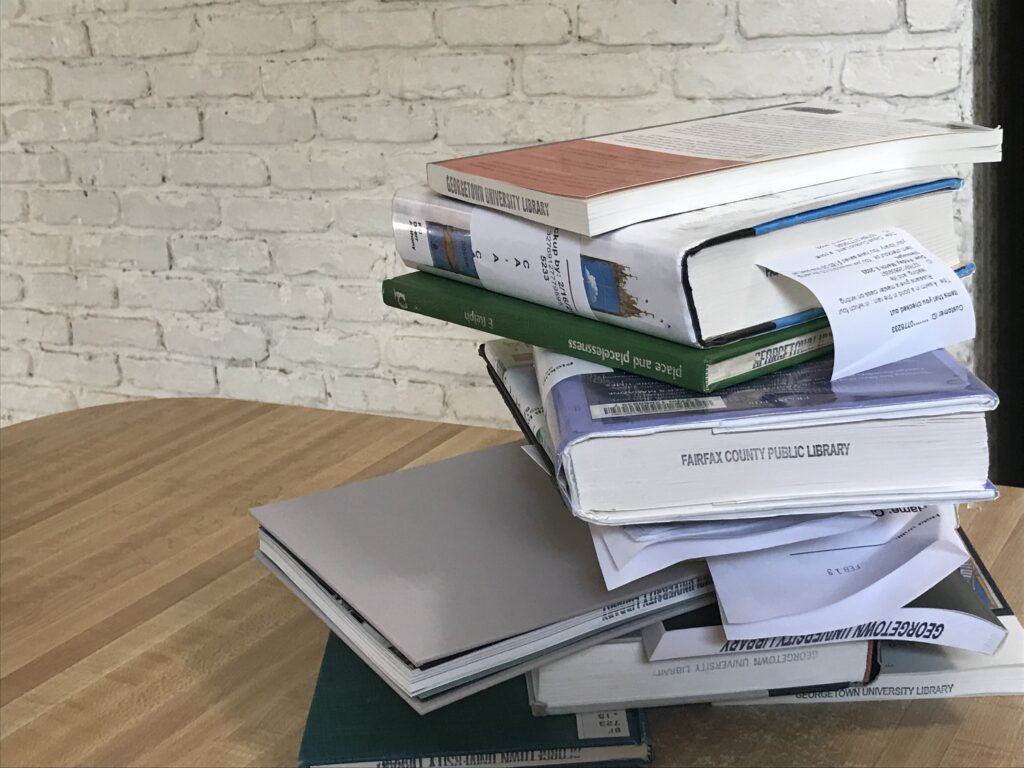Book Shopping

“Where is human nature so weak as in a bookstore?” wrote Henry Ward Beecher. It’s a quotation I’ve always heeded. Even though I read voraciously, I generally stick with library books either in hard copy or online through the Libby app. Only when I’m absolutely positive that I must own the volume do I buy it, and usually online after some comparison book shopping.
Still, there are times when I venture out to a brick-and-mortar bookstore, which I’m glad still exists in my neighborhood. Yesterday I enriched Barnes and Noble considerably. I allow myself to buy books new and at full price only when I’m giving them away. One of these books was written by a friend and former colleague, and I’m glad to have helped her out.
Besides, you never know where the books you buy (or for that matter, the books you write) will land. Yesterday, while having coffee with friends, one of them whipped out a copy of Single File, a book I co-authored eons ago. It was at the beginning of my freelance career and I scarcely think about the book anymore, but there it was. My friend found it in her house while she was going through things. I signed it with a flourish and we all had a good laugh.
Meanwhile, the books I bought need to be wrapped. I’ll get to that soon.
